Review: iPhone 7 feels very different from previous versions
by on September 13, 2016, 10:09am. EST
Secrets are getting harder and harder to keep, especially when it comes to Apple announcements.
We knew the new iPhones would have pressure-sensitive home buttons, we were given glimpses of what turned out to be the twin cameras on the iPhone 7 Plus, and we even heard rumblings about the removal of the headphone jack. So many of the features within Apple’s latest iPhone didn’t come as a big surprise when the announcement finally hit.
But even the leaks couldn’t spoil just how different the iPhone 7 feels from any previous iPhone release.
Design
With a quick glance, you’d be hard-pressed to tell the difference between Apple’s iPhone 7 and last year’s model, the iPhone 6s. The phones have the exact same dimensions, the same button layout, and the same beautifully rounded edges that feel so nice in your hand. It’s not until you take a closer look that you’ll start to see the subtle changes Apple has made.
Apple has redesigned the outer shell to hide the antennas. The iPhone 6s had them running along the back side of the phone. On the iPhone 7, you’ll find them running along the upper and lower edges. In fact, if you splurge for the newer Jet Black model, you will be hard pressed to even see them. They blend right in.
Along the bottom of the phone you’ll find speaker holes on both sides of the Lightning port. Yes, the headphone jack has been removed. We’ll discuss that in greatest detail a bit further in the review.
So if the new iPhone 7 and iPhone 7 Plus have the same dimensions as last year’s model you would think you would be able to use your old case. Not so fast. We can thank the newly updated camera for that. The rear camera is slightly larger and is repositioned slightly lower (to make room for the image stabilization motor inside). This means the camera will not align itself with the camera hole in last year’s cases. Sorry, but a new case will be needed if you want extra protection.
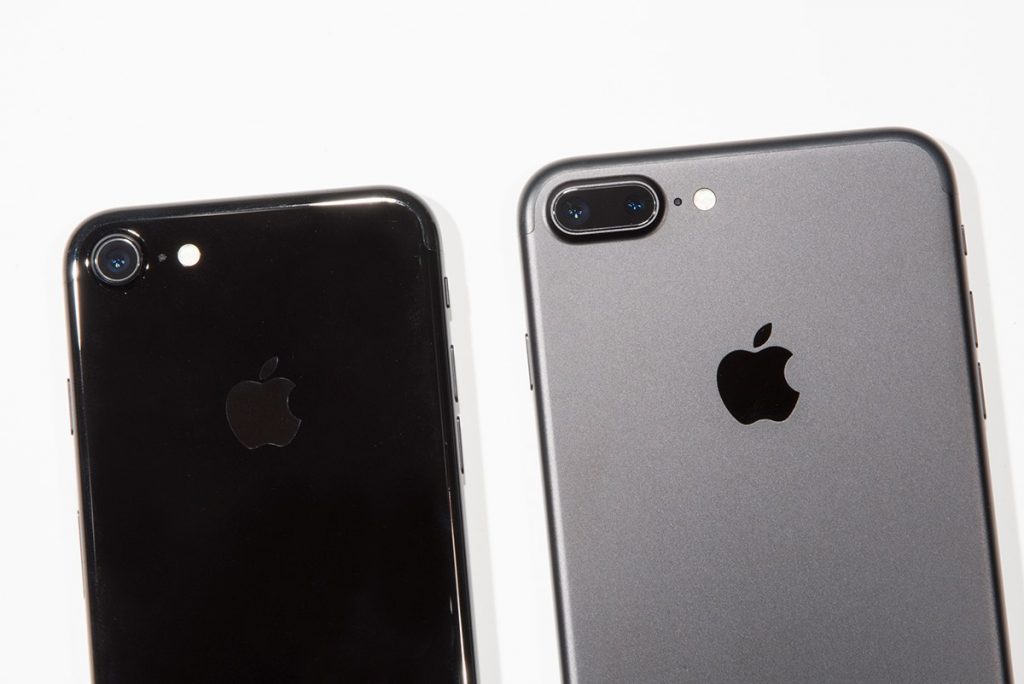
New Colours
Apple has introduced a couple of new colours for the iPhone 7. Apple’s new Black has a beautiful matte metallic finish, and has quickly become a favourite of mine. If you like Space Grey, you’ll love Black.
Jet Black appears to be this year’s Rose Gold. This black model has a high gloss finish, similar to what you would find on piano. Stunning yes, but also a magnet for fingerprints and a bit slippery.
If you want to preserve that high gloss finish on the Jet Black model you will need to invest in a case. Apple has posted a note on its website that the Jet Black models can show micro-abrasions over time. Within two days I put a big ol’ scratch on the back of my Jet Black review unit, and yet I have no idea as to how it got there. Take it from me, it doesn’t take much to ruin this stunning finish.
The Screen
The Retina HD display still looks amazing with it 326 ppi resolution. It’s impossible to pick out individual pixels which makes reading email, and browsing the web easy on the eyes. For me, this is an important quality as I spend so much time on my smartphones throughout the day.
Apple claims the screen on the iPhone 7 is 25 per cent brighter than the iPhone 6. It’s bright, there’s no denying that. Will you see a big difference here? I thought the iPhone 6s was bright to begin with so the difference may not be as apparent as you may think.
The biggest change in the screen comes with the introduction of wide colour display. This is the first iPhone to utilize the same colour space as the digital cinema industry. So what does that mean? You now get a more true representation of real world colours on the screen.
You can see the difference while surfing the web. Certain images and tones will appear much more vibrant on the iPhone 7’s screen than on previous models. In fact, some colour tones didn’t even register on my iPhone 6s. It’s important to note, you probably wouldn’t notice this upgrade unless you held your new iPhone next to an older model, or a smartphone that did not support wide colour.
Instagram has announced it will be one of the first apps to take advantage of the iPhone 7’s wide colour display. It will be updating its filters to allow for brighter more vivid colours within the next few weeks.

The Home Button
This is without a doubt the one design change many will have the most trouble getting used to!
Previous iPhones had a physical home button which could be pressed to exit apps and return to the home screen. While the “button” is still there, it doesn’t physically move any more. It has been replaced with a solid-state button, which simply needs a bit of force to activate.
When you press down on the new home button you feel a tiny vibration, known as haptic feedback. This simply lets you know the iPhone has received the command. You can set the strength of the vibration when you initially set up your iPhone. You choose between three intensities. This can be adjusted in the settings afterwards.
It’s so strange to hit a button and not feel any physical give. If you’ve ever played game on your iPhone which places game controls on the screen you’ll know what I’m talking about. Pressing the picture of a button on the screen doesn’t give you the same satisfaction of pressing a physical button on a controller.
The vibration you feel when you push down on the home button certainly helps give you the sensation that it is actually “clicking” but it feels different. It’s a simulated click. The change is most noticeable when you have to double tap the button. The quick movement feels a bit awkward.
It took me a long time to get used to the change. A week in and I’m still wrestling with the sensation, although I’m sure it will become second nature over time.
Apple says the home button is pressure sensitive, meaning the button can detect how hard you press it. Right now it’s only being used in its simplest form, but future iOS updates could take advantage of it’s pressure sensitivity where different things can happen depending on how hard you press.
On a positive note the new home button is lightning quick when it comes to unlocking our iPhone. It recognizes your fingerprint instantaneously! Over the past week I have yet for it to ask me to try and unlock twice. It always worked the first time.
Performance
Both the iPhone 7 and the iPhone 7 Plus feature Apple’s latest chip, the A10 Fusion. Apple calls it the most powerful chip ever in a smartphone. Specs alone put the processor up to 40 per cent faster than the iPhone 6s, and up to two times faster than the iPhone 6. Graphic-wise you’re looking at 50 per cent faster than the iPhone 6s’ A9 chip with up to three times faster graphics performance than the Phone 6.
Without getting too technical, the A10 fusion contains four cores. Two cores focus on high performance and two focus on high efficiency. A performance controller is able to determine in real time which processors should be running for the right blend of performance and power consumption.
Geek speak aside, you simply need to know the new iPhone 7 is quick! There is certainly no delay or lag on any of the apps found the App store, not that I was expecting there to be as I didn’t really experience any issues with my iPhone 6s either. The true test will come when apps are released that truly make use of the new processor.
One thing I can point it is my iPhone 7 runs cooler than my older iPhone 6s. My previous iPhone would heat up after streaming video through Facebook Live or Periscope. The iPhone 7 was able to maintain its cool, which shows the processor is not working nearly as hard.
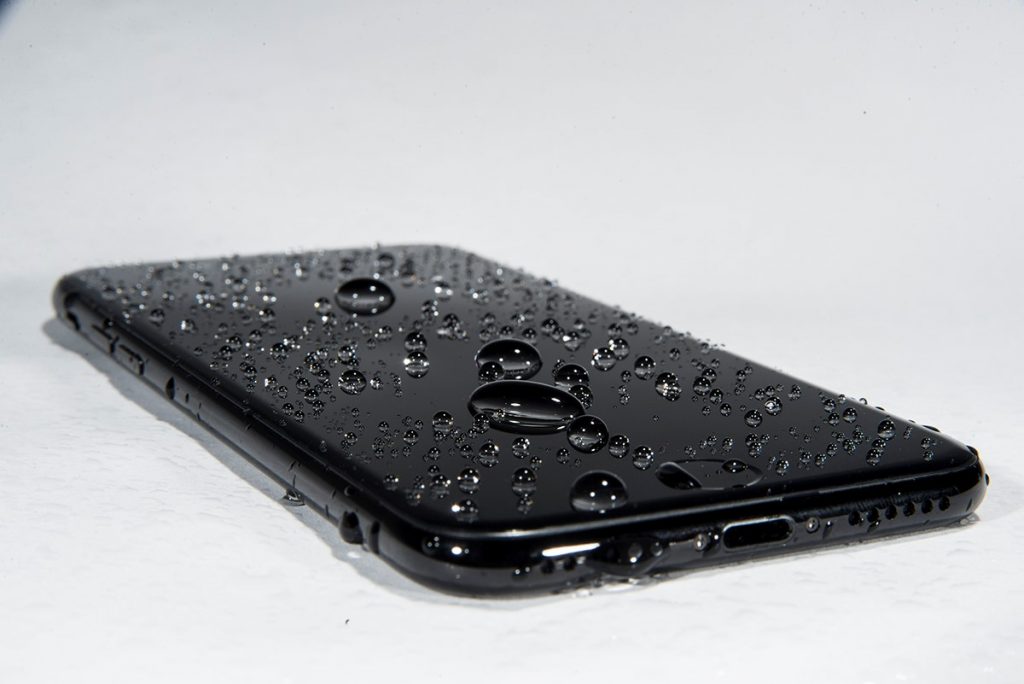
Water Resistant
It baffles to me as why Apple waited this long to introduce a feature that has been on other smartphones for some time. Yet here it is. Finally, an iPhone that can stand up to water!
Both the iPhone 7 and the iPhone 7 Plus are rated IP67, which means both are dust and water resistant. The phones can withstand depths of one meter for up to 30 minutes.
I cringed as I brought my iPhone7 near a sink full of water. My brain screamed “no” as the edges started to submerge into the cool depths. And yet a part of me felt satisfied. Finally, I can take my iPhone near a pool and snap photos without fear of getting splashed. I can jog outside and not worry that I might get caught in the rain. I can leave my iPhone out on the table at a restaurant and not worry about the waiter spilling water on it. This is the feature I have been waiting for!
My phone survived the dip test, but there is something I need to point out. The iPhone 7 is water-resistant…not waterproof. Apple doesn’t intend for you to go swimming with it. In fact, careful inspection of Apple’s footnotes on its website states liquid damage is not covered on the warranty. You’ve been warned!

Dual Speakers
I am a headphone kind of guy. If I’m watching a movie or video on my iPhone I will also use headphones. It just sounds better! The iPhone 7 may change that for me as it now features true stereo sound.
The tiny earpiece at the top of the phone that you use to listen to phone conversations on now doubles as a speaker when you play videos and games on your iPhone 7. What a difference it makes! YouTube videos, games, even songs sounds deeper and richer, with a surprising level of bass. The additional speakers also means twice the volume.
If you own an iPad Pro you will know exactly what I’m talking about. The experience is very similar, although the iPad Pro sports four distinct speakers rather than three.
The Missing Headphone Jack
Here is where the controversy lies in Apple’s latest smartphone…the headphone jack. Or more accurately the removal of the headphone jack.
Why did Apple remove it? Most people seem to be stuck on what Apple’s Phil Schiller said during the iPhone 7 unveiling, stating that it comes down to “courage” to move on and try something new. There’s more to this decision.
Headphone jacks take up space. Instead of making the iPhone 7 larger to include new hardware features, Apple chose to simply remove a technology that has been around for more than 50 years.
The removal of the headphone jack made room for a couple of new things. Apple introduced an improved Taptic motor, which sends out tiny vibrations or pulses while using the new home button, or 3D Touch. It also made way to include image stabilization to the cameras, which uses a tiny motor around the lens to counteract against both vibration and shaky hand movement in photos and videos. Up until this point the feature was only included in the larger iPhone Plus models.
Another reason is to increase water resistance. Headphones jacks are an obvious entry point for water once submerged. By removing the jack, Apple can better protect the phone from potential water damage.
Is the removal of the headphone jack a big deal? For some it may be. But after using the device for nearly a week I can tell you it’s being blown a bit out of proportion.
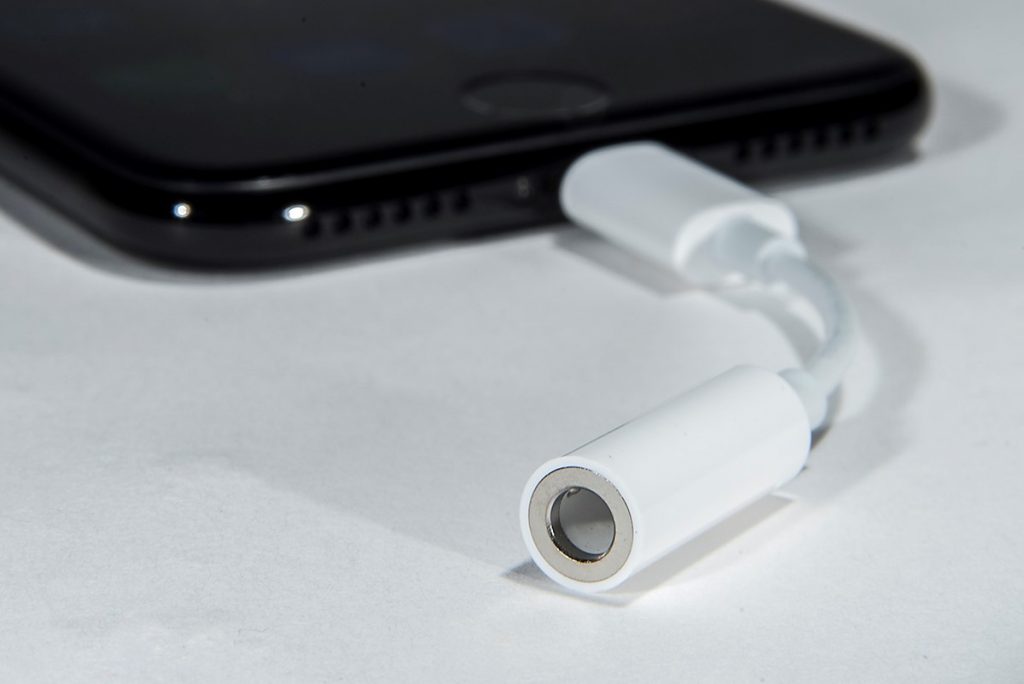
You have a number of options when it comes to listening to audio on your iPhone 7. You can purchase newer headphones which connect via Apple’s Lightning connector (Apple includes a set 0f Lightning earbuds in the box), use bluetooth headphones, or use the special Lightning adaptor Apple has included in the box to use your existing wired headphones.
I know what you’re thinking … another adaptor that’s small and easy to lose. True, it is small, and you could lose it, but considering it will retail for around $10, you could, in theory, buy a couple, stick them on your headphones and leave them there. An adapter for each set of headphones.
During my time with the iPhone 7 I mostly used the Lightning adapter. However I also had the chance to try out Apple’s new AirPods. I was quite surprised at how good they sounded! More on that in the near future.
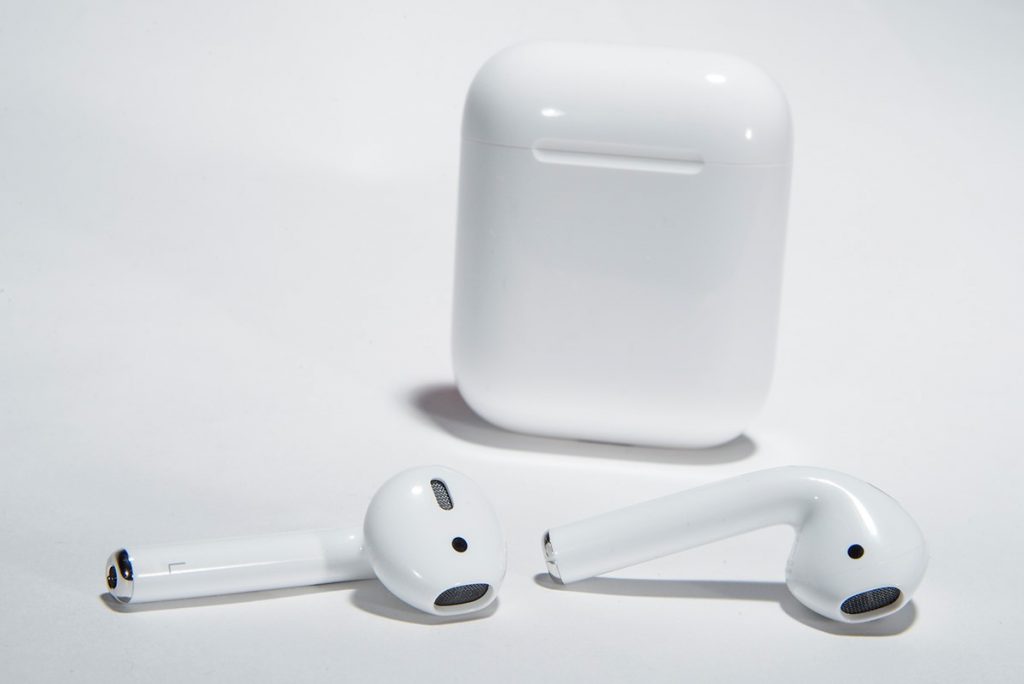
One issue you may run into is when you want to charge your iPhone while listening to music. Since the adapter takes up the one and only Lightning port on the iPhone, you are not able to charge it while listening to music. Companies like Belkin have already announced adapters with two Lightning ports that will allow for headphones and charging at the same time, but Apple has yet to offer an out-of-the-box solution.
Cameras
Each and every generation of iPhone has come with an improvement in the cameras and this round is no different. The camera system has undergone a complete overhaul.
The front FaceTime HD camera has been upgraded to a 7MP, giving not only better image quality, but built-in image stabilization for sharper selfies and a better FaceTime experience. Meanwhile the rear camera remains at 12MP. Don’t let that fool you. It too sees an overall improvement.
The rear camera now utilizes a larger f/1.8 aperture with updated lens. This allows for 50 per cent more light to hit the new high-speed sensor inside. The result is brighter, more vivid photos and videos.
I took a number of photos on the iPhone 6s and compared them to photos I snapped on the iPhone 7. You can see for yourself the difference. Reds appeared to take on almost purple tone on the older iPhone 6s, while they remained true to life on the iPhone 7.


Orange is another colour which really shows the strength of the new camera system. Brighter oranges tend to wash out on the iPhone 6s, while they remained bold and vibrant on the iPhone 7.


Even in low light conditions the iPhone 7 outperformed the iPhone 6s when it came to colour reproduction. These photos not only show a more accurate green, but the lighting is more distinct on the iPhone 7, and not blown out as much as the iPhone 6s.

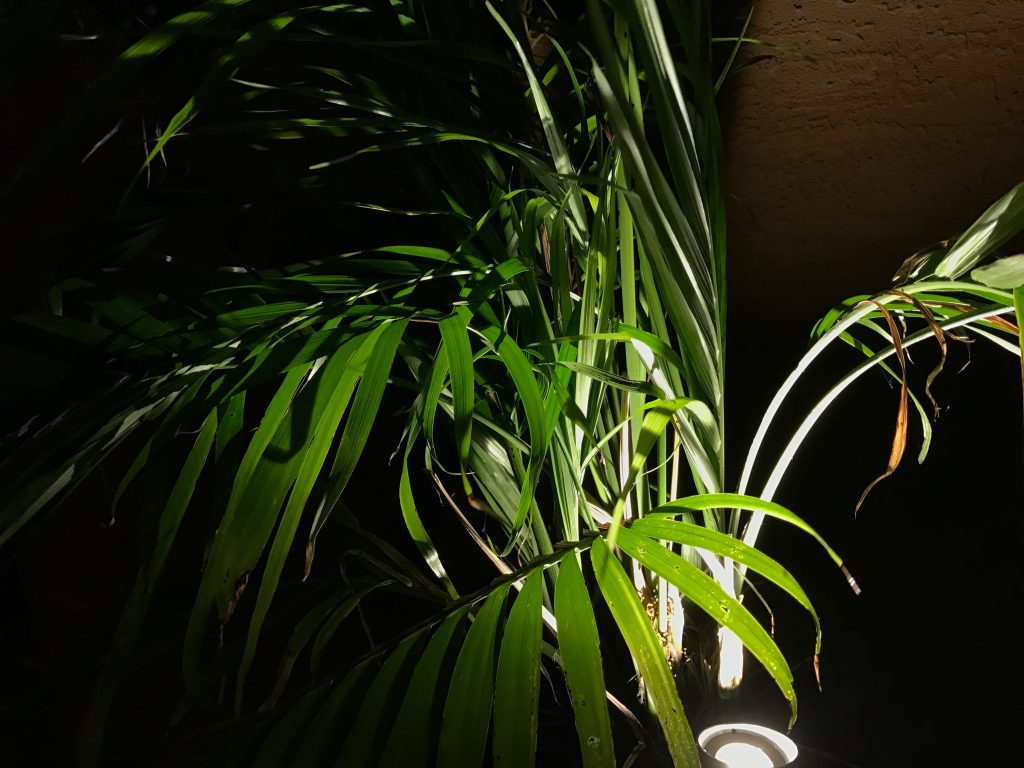
Even flesh tones come out more natural on the iPhone 7. The pictures below were taken in direct sunlight. The iPhone 7 photos shows a bit more rosy colour on the face, which is accurate. The wind was howling cold (snow falling not too far away in the mountains on this day).


The iPhone 7 has another trick up its sleeve. It’s the first iPhone to utilize two rear cameras. One is a wide angle camera while the other is telephoto.

The biggest benefit of having two cameras is improved zoom. The lens on the iPhone doesn’t move, so in order to zoom, the phone uses digital zoom, or software, to enlarge photos. This often results in grainy photos.
When you zoom on the iPhone 7 Plus, it uses data from both cameras to create an image. You can use optical zoom up to 2X, and digital zoom up to 10X, twice the range of any other iPhone. The end result is better image quality.
Below you can see examples of the zoom on the iPhone 7 Plus. The first photo shows trees in the distance while the second photo shows one of those trees using 10X zoom.


Battery Life
This is always a tough one to measure. I use my phone all day. I begin at 3 a.m. (the joys of working on a morning television show) and continue to use my iPhone until I head to bed around 9 p.m. I check email, post pictures and video to social media, stream live video and surf the web. I would be referred to as a power-user, and I go through batteries like you wouldn’t believe.
Apple claims the iPhone 7 will give you two additional hours of usage compared to previous models. Like any previous iPhone, the battery never lasted a full day for me. My continuous use would eat it down to around 10 per cent within eight or nine hours. Keep in mind…I use it A LOT. I also like to keep the screen brightness fairly high, which adds to the problem.
For me, a smart battery case is still the best way to use the new iPhones, but it really does depend on just how much you use them. For most people the battery will last long enough but, if you’re a power user like me, be prepared to plug them in at least once during the day to sneak some extra juice.
Conclusion
With change comes controversy, and there is no doubt Apple’s latest iPhone will bring plenty of that. Some will complain about needing a new case, others will dislike the new home button, and of course you know people will gripe about the lack of a headphone jack.
There is an adjustment period with the iPhone 7, there is no denying that. It feels very different from previous versions. It’s also screaming fast, water-resistant, and has one of the best cameras on any smartphone currently available. Add in the new features from iOS 10 and you’ll be surprised at just how different this iPhone really feels.
Is the iPhone 7 for you? If you resist change, then it may not be. But for those who are willing to try something new, and adapt to new technology without looking back, you’ll be more than pleased with the iPhone 7.


